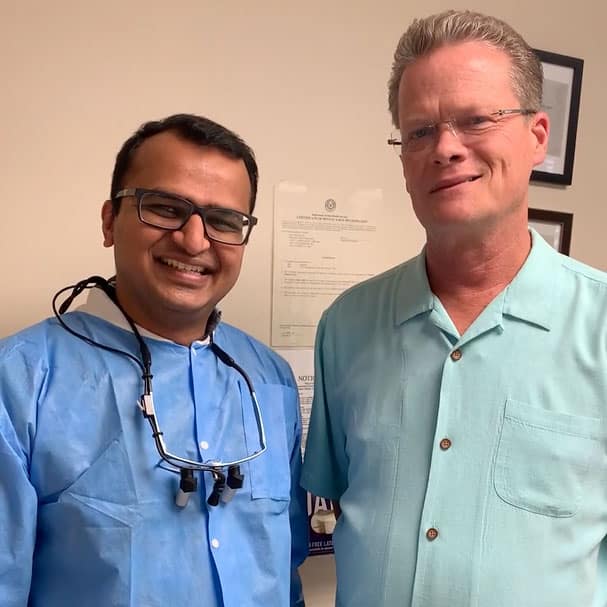We are proud to have received nearly 1000 exceptional reviews across all 3 of our locations from our satisfied patients, reflecting our commitment to providing top-quality dental care and a positive experience every time.
SA Family Dentist
Welcome To
SA Family Dentist
Advanced Technology For Better Care
Personalized, Patient-Focused Approach
Complete Care For Every Smile
What Our Patients Are Saying


Membership
Join Our Smile Club
Our Patients Love Us
Latest Reviews
We are proud to have received nearly 1000 exceptional reviews across all 3 of our locations from our satisfied patients, reflecting our commitment to providing top-quality dental care and a positive experience every time.
This dental practice is phenomenal! I highly recommend them. I felt like a priority and received great attention. They explained everything beforehand and were attentive during the procedures. Also, I truly admire the teamwork at the office. They appear to respect each other and are supportive of one another. That is unusual in the world these days, but greatly appreciated.
Rhonda W.
SA Family Dentist is the best at considering you as more than just a patient. They have a real honest-to-goodness concern for the patient. That kind of commitment to the patient is a rare quality.
Joseph C.
Catherine L.
The team here is very professional and friendly. They have a very professional and welcoming environment. They are knowledgeable and caring regarding my dental issues/concerns and they have awesome customer service!! I will definitely be returning for my future dental needs.
